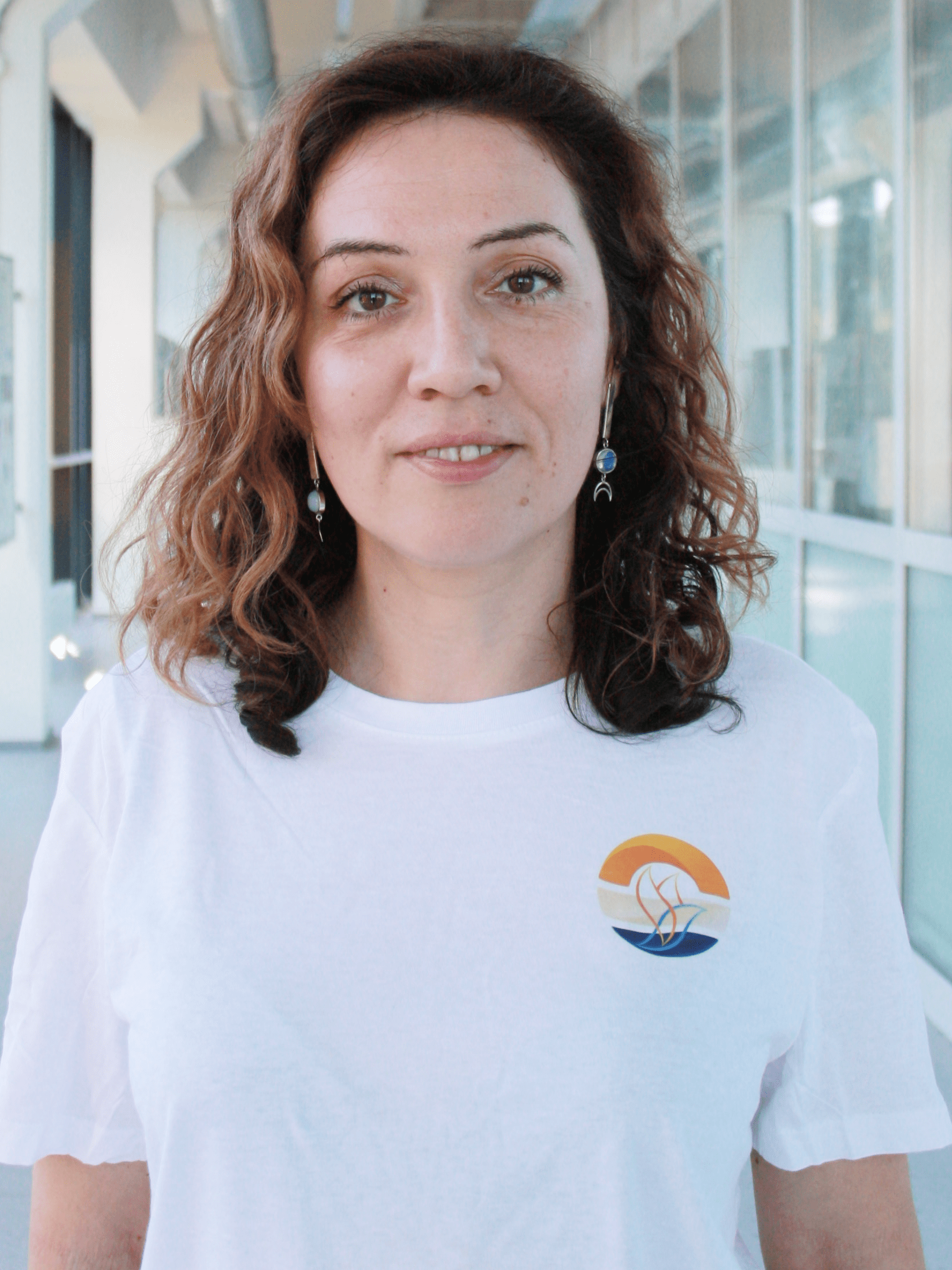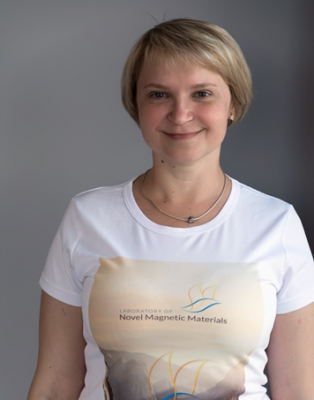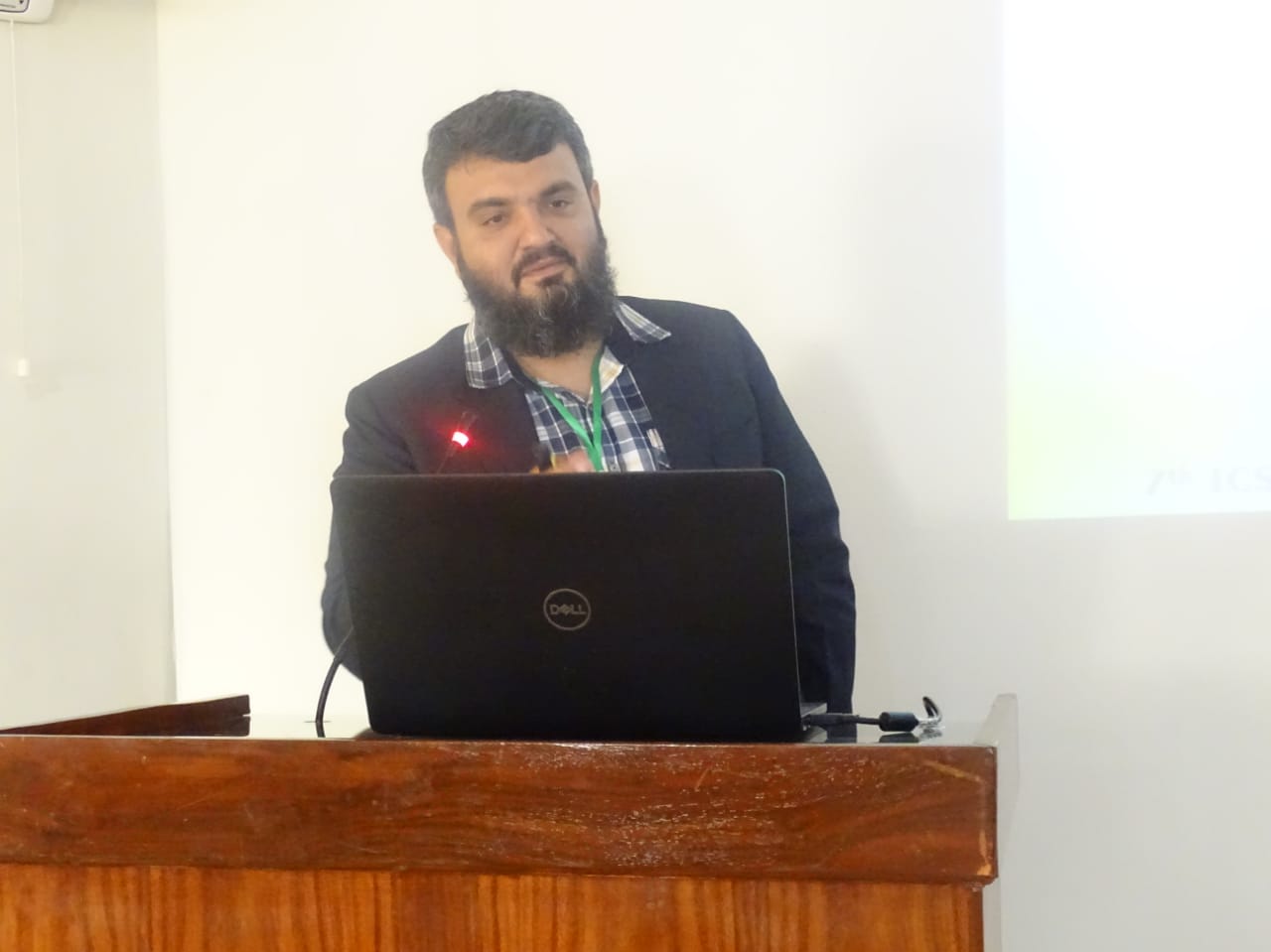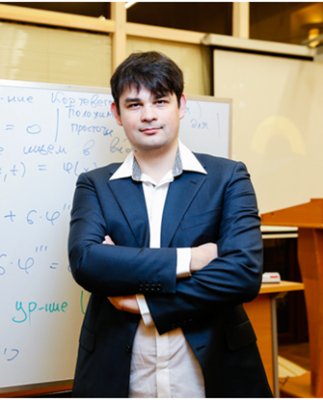
Date: April 18-22, 2016
Università degli studi di Milano, Milan, Italy
Investigation of magnetic properties of ferrofluids is an important task of modern science, because they have a large variety of applications. One of the ways of using the ferrofluids is biomedicine. In this case, ferrofluids can be used both for diagnosis and treatment in different ways: as a contrast agent in MRI, magnetic hyperthermia, drug delivery and others [1]. The magnetic characterization of ferrofluids by conventional facilities is not trivial, due to the difficulties in handling and installing into laboratory instruments samples which are in a liquid phase. Moreover, depending on the freezing point of the solvent in which the nanoparticles (NPs) are dispersed, specific protocols for temperature dependence measurements are needed, due to the different magnetic behavior that the NPs may show when they are blocked or free to move in a fluid.
In this work, a series of procedure for the preparation of liquid samples for SQUID measurements will be presented. In particular, plastic capsules of ferrofluids of magnetite nanoparticles dispersed in a water have been prepared and tested in different temperature environments in order to check their stability after thermal stress. Then, the basic magnetic characterization of their magnetic properties in terms of Zero Field Cooling (ZFC) – Field Cooling (FC), Isothermal Remanent Magnetization (IRM) and Direct Current Demagnetization (DCD) [2] has been carried out with the aim of elucidating the interactions between NPs, which is expected to be strongly dependent on the solution pH, as previously elucidated by hydrodynamic radius and zeta potential measurements [3].
[1] J. Estelrich et al. Int. J. Mol. Sci. 16 (2015) 8070
[2] D. Peddis et al. Nanomagnetism: Fundamentals and Applications Vol. 6. (2014) 138
[3] E. Illés, E. Tombácz, Journal of Colloid and Interface Science 295 (2006) 115–123
Alexander Omelyanchik1, Erzsébet Illés3, Sara Laureti2, Gaspare Varvaro2, Valeria Rodionova1, Ana Mrakovic3, Vladan Kusigerski3, Vojislav Spasojevic3, Sanja Vranjes-Djuric3, Nikola Knezevic3 and Davide Peddis2, 3
1 Immanuel Kant Baltic Federal University, Kaliningrad, Russian Federation
2 Istituto di Struttura della Materia– CNR, 00016 Monterotondo Stazione (Roma), Italy
3 Dept. of Theoretical and Condensed Matter Physics, Vinča Institute of Nuclear Sciences, Belgrade, 11001, Serbia
Surface Plasmon Resonance (SPR) sensors are widely used for different applications [1] and the main task in this sphere is increasing of their sensitivity. One of the ways – add one more type of modulation, for example, by magnetic field. Typical SPR sensors consist of noble metal/dielectric material pair and appreciable modulation can be reached in magnetic fields up to several Tesla. The other way is using magneto-optical (MO) effects. It is possible to combine both of these ways by using the magnetoplasmonic crystals (MPlCs) – multilayer structures fabricated of noble and ferromagnetic layers on substrate with certain spatial profile [2-3]. This way can demonstrate that it is possible both to enhance the MO activity of the system by surface plasmon excitation, and to modulate the surface plasmon properties by applying of the external magnetic field [4]. The results of investigation of magnetic, optical, magneto-optical properties and a possibility of fabrication of a magnetic field sensor prototype based on MPlCs will be shown.
[1] Wong C. L., Olivo M.., Plasmonics., Volume 9, Issue 4 , pp 809-824, (2014)
[2] Grunin A., Zhdanov. A., Fedyanin A., Appl. Phys. Lett. 97, 261908, (2010)
[3] Belotelov V., Akimov. I, Bayer M., Nat. Nanotechnol 6, 370, (2011)
[4] Belyaev V., Grunin A., Fedyanin A., Rodionova V, SSP, Vols 233-234, pp. 599-602, (2015)
Belyaev1, A.Grunin2, A.Fedyanin2, V.Rodionova1
1Immanuel Kant Baltic Federal University, 236041 Kaliningrad, Russia
2 Lomonosov Moscow State University, 119991, Moscow, Russia
Currently, much attention is given to the creation of the magnetic field sensors and the autonomous energy sources on the base of the magneto-electric (ME) effect [1]. The most important tasks are improving of the ME interaction efficiency and increasing of the operating temperature range of the structure. One of the ways is to change the manufacturing technology to prepare the ME-elements (layered structures of ferromagnetic-piezoelectric). Usually layered structures are made by bonding of the layers using an epoxy adhesive. However, the value of the ME effect in bonded structures falls, in particular, because of the process of softness of the adhesive at high temperatures. Magnetic and elastic properties of the layers of the structure also change [2]. It is possible to improve the ME characteristics of structures significantly by connecting of the layers using high-temperature soldering. Therefore the effect of high temperature annealing of ferromagnetic ribbons (25 µm thickness, Magnetic Alloy 2605S3A by Metglas) on their magnetic properties studied in this work. We also investigated the MEE in two-layered structures comprising annealed ferromagnetic layer and PZT (0.3 mm thickness).
[1] D.A. Burdin, et al. Technical Physics Vol. 59, No. 9 (2014) 1350–1355
[2] D.A. Burdin, et al. JMMM Vol. 358–359, (2014), 98–104
I.Baraban1, F.Fedulov2, L.Fetisov2, K.Chichay1, V.Rodionova1
1Immanuel Kant Baltic Federal University, 236041 Kaliningrad, Russia
2 Moscow Technological University, 119454, Moscow, Russia
Italian School on Magnetism – 2016









































